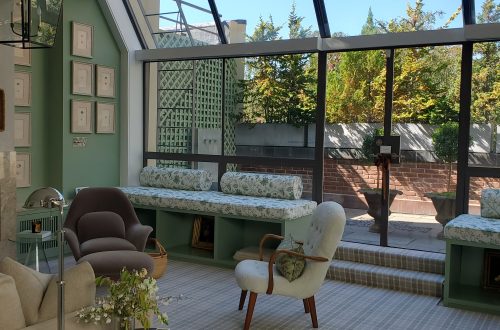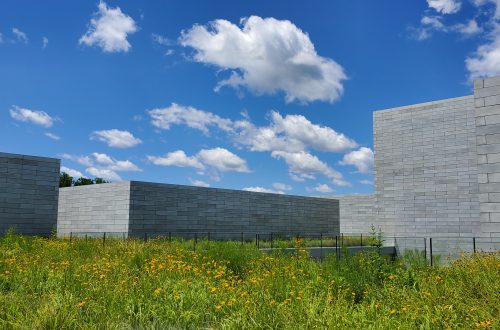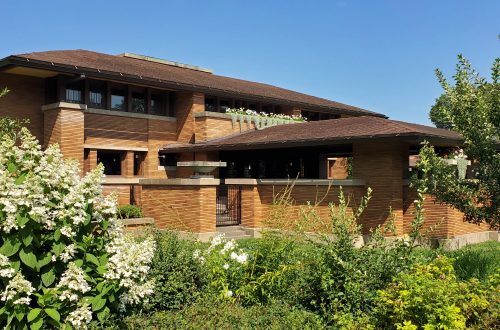
UVA Rotunda- Charlottesville, VA
The Rotunda at UVA is the most classic of all NeoClassical architecture. Designed by Thomas Jefferson, who was inspired by the work of Andrea Palladio, it still shines over two hundred years after its construction.
Intended to be the center of Jefferson’s “Academical Village,” the Rotunda was completed in 1828, two years after the Founding Father’s death. The Dome Room, located in the top of the Rotunda, under an oculus, originally housed a collection of books selected by Jefferson himself. Classes were held in the lower levels, and included specialized equipment, such a chemical hearth, discovered sealed behind a wall in 2016.
Like many buildings of its day, a 1895 fire destroyed all but the Rotunda’s circular brick walls. Stanford White was enlisted to restore the exterior, and reimage the interior in an elaborate Beaux Arts interpretation of the original space. The Dome Room height was increased to expand the size of the library, the skylight was widened, and Jefferson’s slender paired columns were replaced with Corinthian capped single columns.
In 1973, $2.3 million was spent to restore the building to its original design; in 2016 another significant renovation was preformed to equip the building with modern technology.
A true classic, UVA’s Rotunda is considered one of the finest examples of American architecture in the past 200 years.


You May Also Like

Brooklyn Heights Designer Showhouse- Brooklyn, NY
March 16, 2023
Glenstone Museum- Potomac, MD
May 4, 2020






